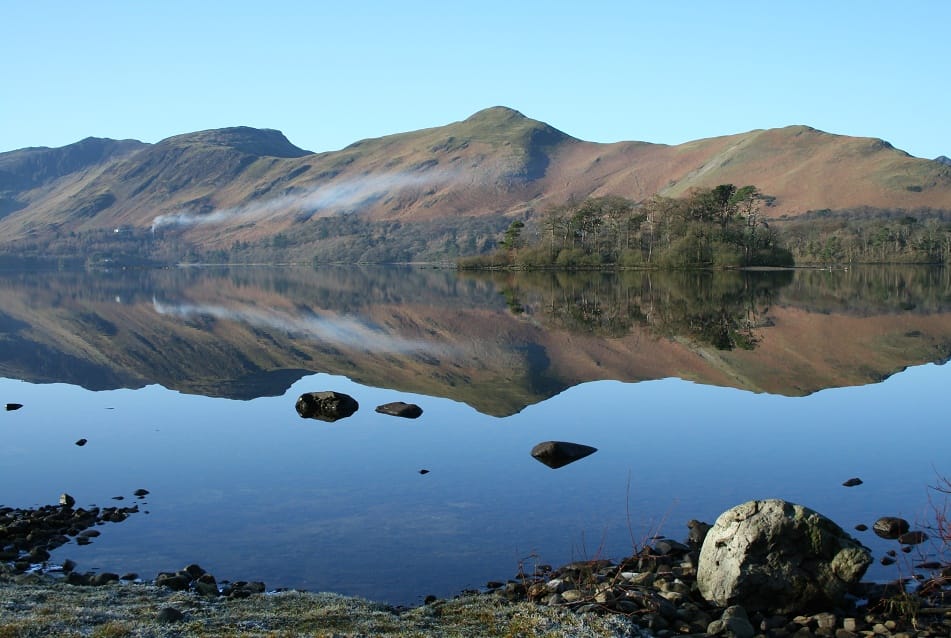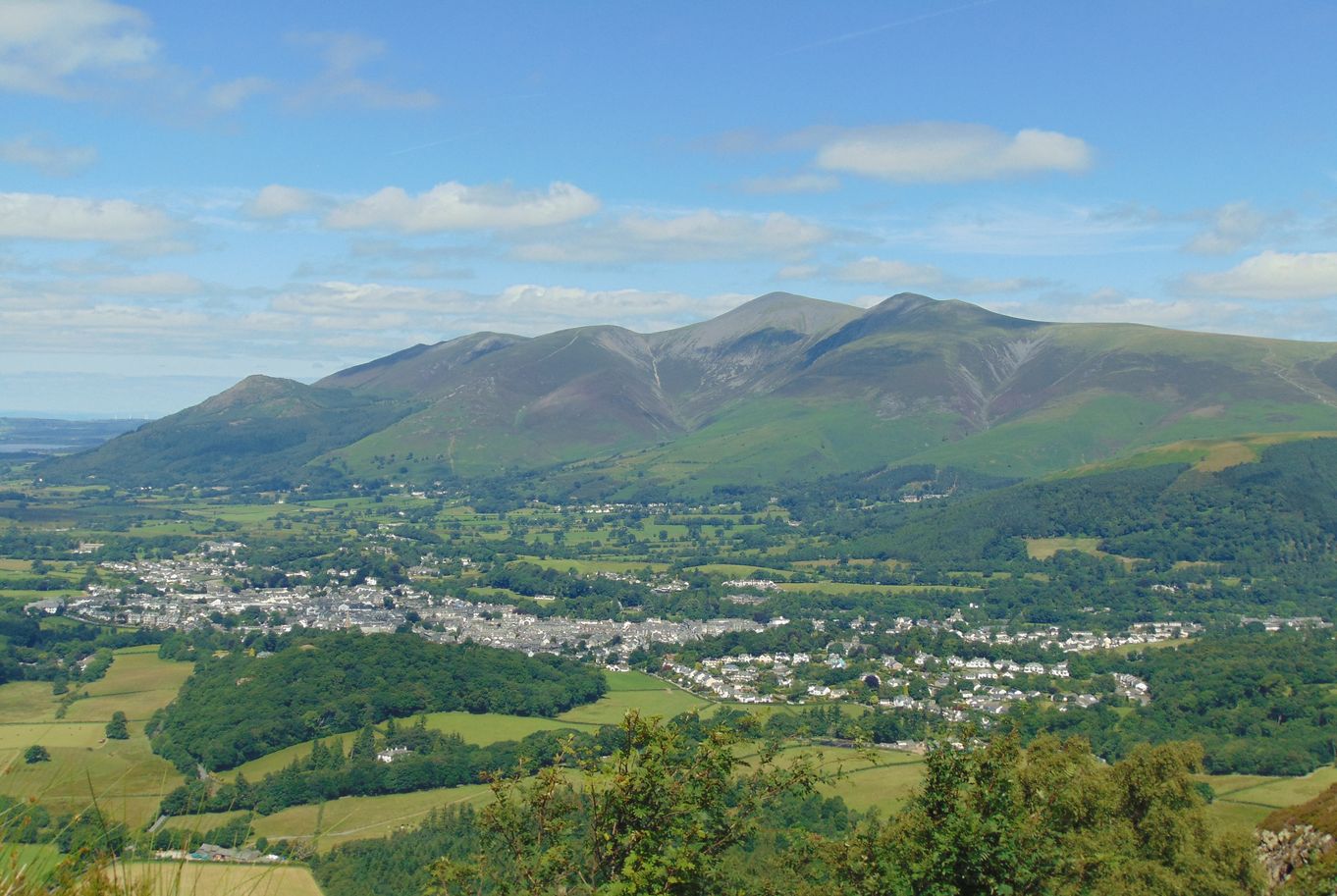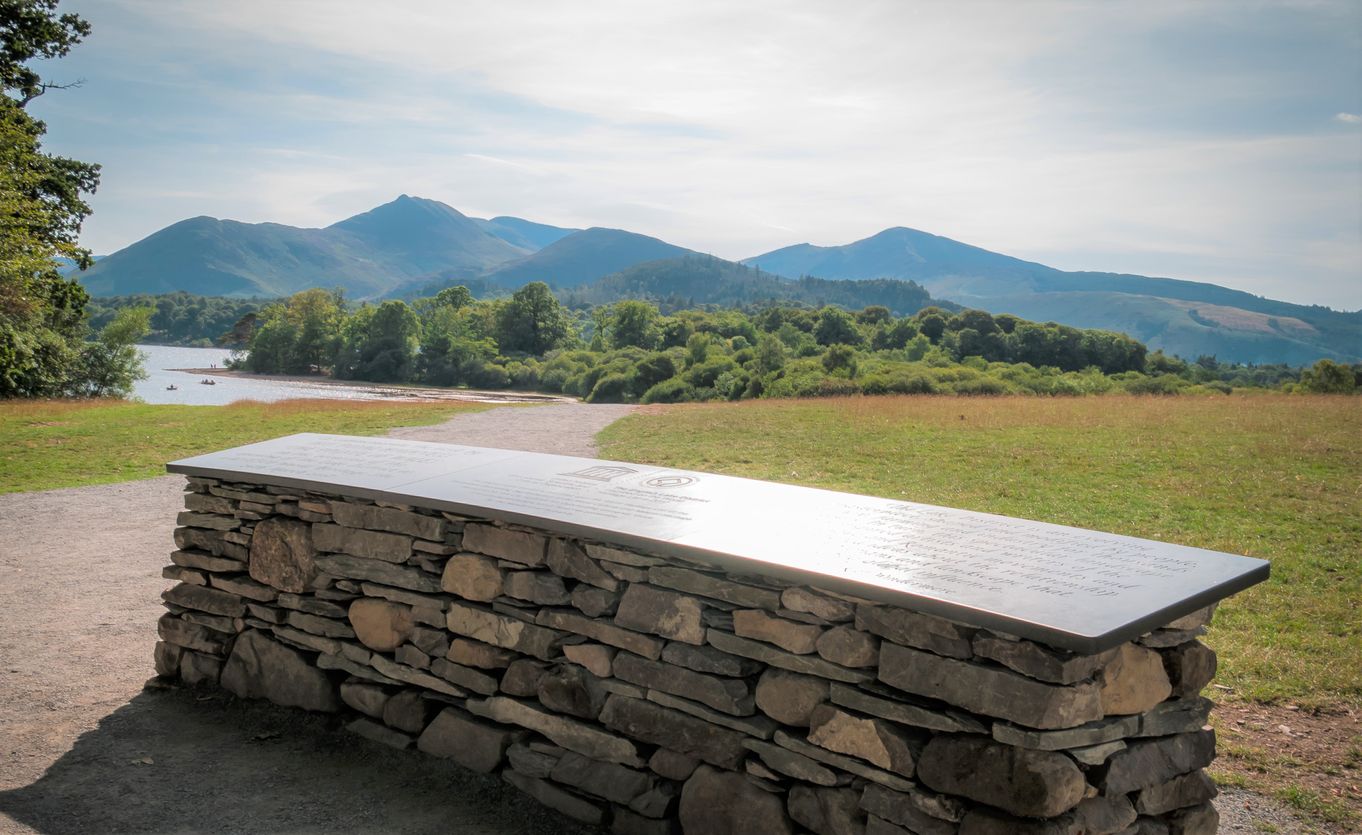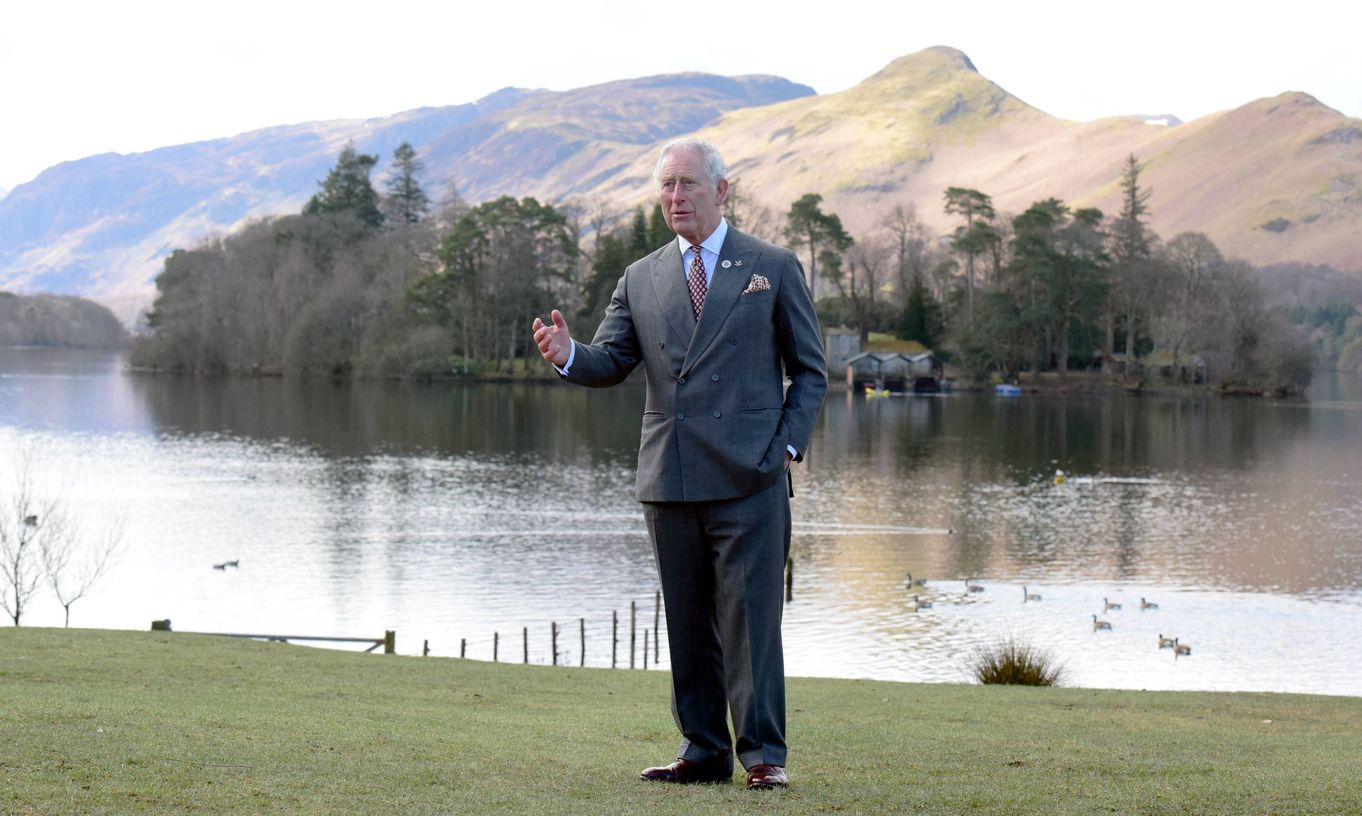Lake District World Heritage Site
In July 2017 the Lake District was awarded World Heritage Site status, joining an elite list – from Egypt’s pyramids and the Taj Mahal, to Hadrian’s Wall. The three ingredients which make the Lake District so special:
- Our spectacular landscape, shaped by people for thousands of years through farming and industry.
- The Lakes drew romantic poets like Wordsworth, artists, adventure seekers and tourists alike – from inspiring picturesque villas to romantic poetry, to simply taking in the view.
- As the Lake District grew in popularity, so did our desire to protect it, sparking the birth of a conservation movement – and the beginning of the National Trust and the National Parks.
The market town of Keswick was established in the medieval period and its early pattern of market place and burgage plots survives within the modern townscape. Smaller settlements such as Grange and Rosthwaite also have medieval origins.
Keswick was one of the primary areas of focus of the early visitors to the Lake District from the mid-18thC. The area around Derwentwater from Keswick to the ‘Jaws of Borrowdale’ became celebrated nationally as a landscape of great Sublime and Picturesque beauty. Keswick developed accommodation and facilities for the increasing numbers of cultural tourists. The area was visited by numerous guidebook writers and artists and its landscapes and features were recorded in hundreds of watercolours and prints. The key Romantic poets Southey and Coleridge both took up residence at different times at Greta Hall in Keswick while the poet Shelley also lived briefly in Keswick. The Wordsworths were frequent visitors to Keswick and Borrowdale features in many of William Wordsworth’s poems.
Copper mining remains can be seen at Goldscope in the Newlands valley whilst remains of a graphite mine can be seen above Seathwaite in Borrowdale, In the 1800s, Keswick became the world centre of pencil manufacturing and today the Derwent Pencil Museum on the site of a 1920s factory tells the story. landscape evidence of early industry. Wool is a vital industry in the area - the Lake District's native sheep the Herdwick survive on the mountains all year long. The Herdwick is a special breed unique to Britain and the Lake District
The area is highly important in demonstrating the early conservation movement.Canon Rawnsley, vicar for many years of the Parish of Crosthwaite, led the battle against a proposed railway on the west side of Derwentwater to the Honister slate quarries, and the National Trust, of which Rawnsley was a founder, made its first purchases of land in the English Lake District at Brandlehow. This was where the very first concerns emerged over the preservation of the scenic qualities and beauty of the English Lake District landscape, occasioned by the felling of mature oak trees on the northern shores of Derwent Water in the mid-18th century. Today the National Trust ownership is extensive and has been responsible for helping to maintain both the important agro-pastoral and picturesque aspects of the landscape.
The Bowder Stone became, and still is, one of the quirkiest tourist attractions. Located in the ‘Jaws of Borrowdale’, the enormous stone balances improbably on one edge and is today owned by the National Trust. Also under the National Trust’s protection is the photogenic Ashness Bridge. One of Britain's most impressive prehistoric monuments sits on a low hill to the east of Keswick with a ring of mountains surrounding it. Castlerigg Stone Circle is one of the earliest stone circles to be found in Britain. It is situated on land owned by the National Trust and maintained by English Heritage.







